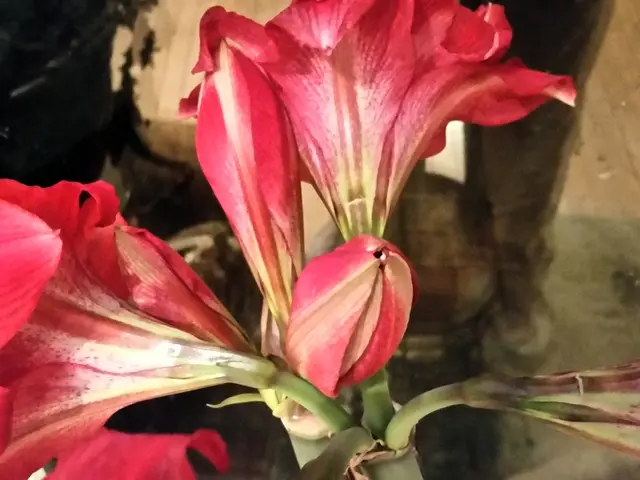Maintaining the Health and Vigor of Ferns by Consistent Watering Schedule
Indoor decorations don't get much greener and more beautiful than ferns, but they're prized for more than just their good looks – they're also super simple to grow! Don't let their easy-going nature fool you, though. Their watering needs are crucial to keeping them healthy and thriving.
While ferns love consistent watering to give you those lovely lush green leaves you adore, it's essential not to overdo it. You don't want waterlogged roots that lead to rot or mushy leaves. Striking the right balance between keeping soil moist and preventing it from overflowing is the secret to keeping your fern happy.
Some species, like the Mother Spleenwort and Lyman Fern, are more drought-tolerant, meaning they can handle slightly dry conditions. Understanding the environment you're growing your ferns in is key. If you live in a warmer region, you'll likely need to water more frequently since the heat causes water to evaporate quicker. Keep your fern in a shady, cool spot to help maintain soil moisture.
For indoor ferns, maintaining humidity levels between 50-70% and following a consistent watering schedule is the key to a long, healthy life. Ideally, water your indoor fern at least once or twice a week or whenever you notice the soil starting to dry out. Overwatered ferns will show signs like droopy leaves, while underwatered ones will display dry, crispy leaves.
Outdoor ferns may need to be watered every one to three days during the cooler seasons, with the summer months requiring daily watering. If you live in a low-humidity area, watering around the fern more than usual can help boost moisture levels to counteract the drier climate.
Different types of ferns have unique watering requirements, with Boston ferns preferring higher humidity levels (65-75%), Maidenhair ferns needing humidity levels above 60%, and Staghorn ferns requiring well-draining soil with peat moss or coir and fir bark.
In addition to regular watering, don't forget about the importance of misting and maintaining a soil mix that's slightly acidic, well-draining, and high in organic matter. If you're planting your fern in a pot, make sure it offers adequate drainage and extra space for root development.
To sum up, ferns are easy to maintain, but proper watering is essential to keep them healthy. Ferns generally prefer moist soil with consistent watering, but the frequency can vary depending on light, humidity, and fern species. By understanding the specific needs of your fern and providing the right conditions, you can enjoy a flourishing, beautiful indoor or outdoor oasis!
Gardening ideas involving ferns require knowledge about caring for your garden, as they thrive with consistent watering but need to avoid overwatering to prevent root rot. Southern Living magazine offers tips on home-and-garden lifestyle, including guidelines for watering different types of ferns, such as Boston ferns and Maidenhair ferns, which require higher humidity levels. A cool, shady spot can help indoor ferns maintain soil moisture, while outdoor ferns may need daily watering in the summer and every one to three days in cooler seasons. Overall, proper watering is crucial for a flourishing fern garden.









